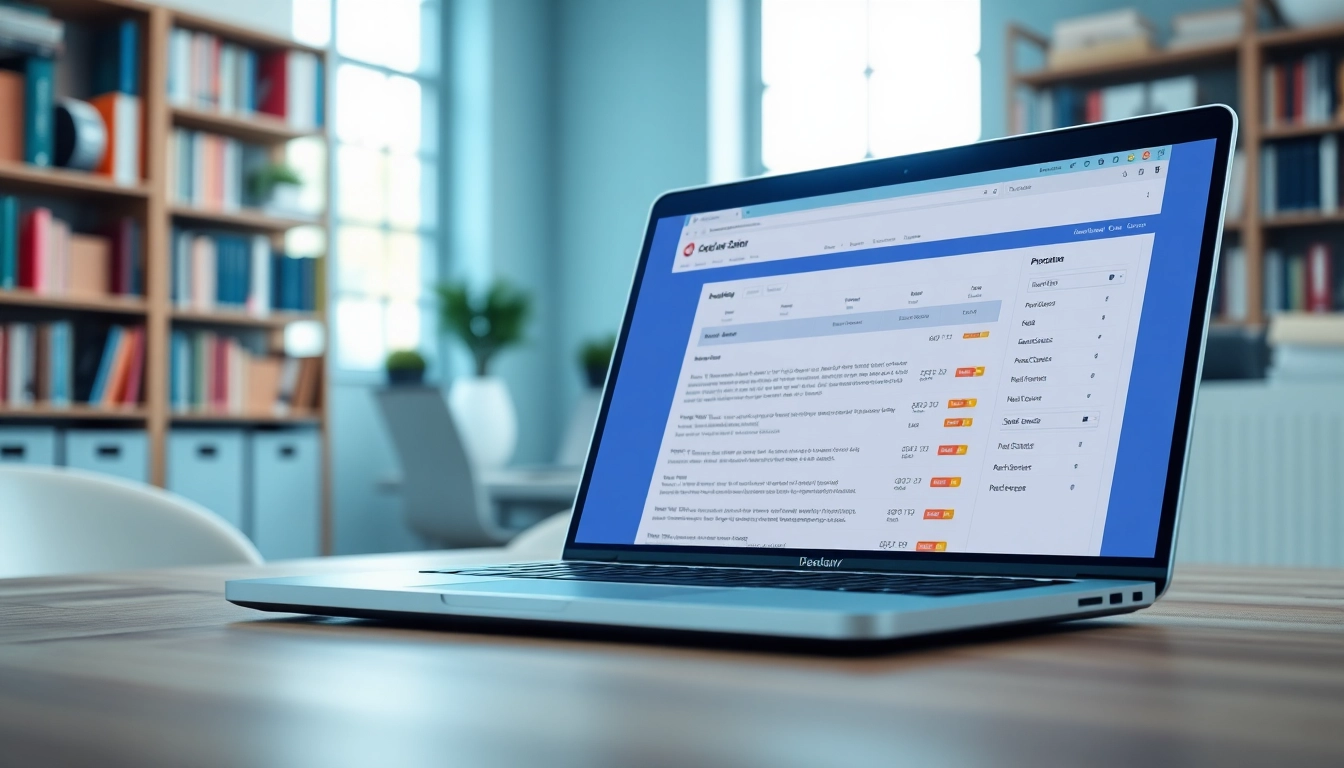Understanding Plagiarism and Its Impact
What Is Plagiarism?
Plagiarism is the act of using someone else’s work, ideas, or intellectual property without proper acknowledgment, presenting it as your own. This can occur in various forms, including copying text directly, paraphrasing without credit, and even using images, videos, or music without permission. In academic and professional settings, plagiarism is considered unethical and can lead to significant consequences.
Consequences of Plagiarism
The ramifications of plagiarism can be severe, both legally and academically. In educational institutions, plagiarism can result in failing grades, suspension, or expulsion. Professionally, it can tarnish reputations, lead to job loss, and result in legal actions, including lawsuits. Beyond personal consequences, plagiarism undermines the integrity of academic and professional fields, eroding trust in authorship and originality.
Why Use a Plagiarism Checker?
To avoid the pitfalls of plagiarism, utilizing a plagiarism checker is an essential step in the writing process. These tools analyze written material against a vast database of sources, identifying matches and potential instances of plagiarism. This not only helps writers ensure the originality of their work but also provides a safety net against unintentional breaches of copyright. Furthermore, these tools often offer suggestions for proper citation practices, enhancing the overall quality of the writing.
How to Choose the Right Plagiarism Checker
Features to Look For
When selecting a plagiarism checker, various features need consideration to ensure the tool meets your specific needs. First, look for a comprehensive database that includes scholarly articles, books, websites, and previously submitted papers. Additionally, real-time checking capabilities can save time and allow for immediate feedback. Advanced algorithms that detect similarities even in paraphrased content are also crucial. Some tools may provide a report detailing the sources of any matched content, which is beneficial for creating proper citations.
Pricing Models and Accessibility
Plagiarism checkers adopt diverse pricing models, ranging from free trials to subscription-based services. Free tools often have limitations, such as word count caps or restricted database access. Conversely, premium options might offer advanced features, enhanced accuracy, and better support. It’s essential to evaluate the cost against the value provided, especially if writing is a significant part of your work or study routine. Accessibility across devices is also vital, as a good plagiarism checker should be usable on desktops, tablets, and smartphones.
Comparing Popular Tools
There are several reputable plagiarism checkers available, each with its strengths. Grammarly’s plagiarism checker, for example, integrates grammar checking with plagiarism detection, allowing for a comprehensive writing assistant experience. Tools like Turnitin and Scribbr are favored in academic contexts for their rigor and extensive databases. Comparing user reviews, ease of use, and overall features can greatly assist in selecting the best fit for your needs.
Best Practices for Using a Plagiarism Checker
Setting Up Your Document for Checking
Before running your document through a plagiarism checker, ensure that it is formatted correctly. Remove any unnecessary elements such as footnotes and endnotes that might skew results. Save the document in a compatible format, typically .docx or .pdf, as many checkers accept multiple file types. Take time to review the text manually before submission to catch any obvious issues that may need correcting.
Reading and Understanding Your Results
Once the plagiarism checker has assessed your document, it will generate a report highlighting sections that show potential matches. It is crucial to examine these results carefully. Not all highlighted sections are plagiarized; they could simply be common phrases or industry jargon. Understanding the context of these matches can help differentiate between acceptable and questionable content. Familiarize yourself with the tool’s rating system, which can indicate the severity of matches.
Making Corrections Based on Feedback
Utilizing the feedback from a plagiarism checker effectively is key. For any identified matches, decide whether to paraphrase the content, cite the original source, or adjust the text’s overall structure and wording. Maintaining the integrity of your original voice while ensuring adequate citations is essential. Always check final submissions against the plagiarism checker once more after making adjustments.
Integrating Plagiarism Checkers in Academic Work
Using in Academic Papers
In academic settings, proper citation is vital. Utilizing a plagiarism checker can help students and researchers ensure their work is scholarly and ethical. Integrating these tools into the writing process, such as before submission of papers or dissertations, can enhance the academic integrity of the final work. Educators can also benefit from using these tools to ensure student submissions uphold standards and originality.
Utilizing for Professional Writing
For professionals, plagiarism checkers serve as a safeguard against inadvertent copyright violations. Writers in fields such as marketing, journalism, and technical writing can benefit significantly from these tools to maintain originality in blogs, articles, and reports. Additionally, businesses creating promotional material can use plagiarism checkers to avoid potential legal issues and maintain brand credibility.
Encouraging Ethical Writing in Students
Educators play a crucial role in fostering an understanding of plagiarism and its consequences among students. Incorporating plagiarism checkers into the writing process not only helps students learn about citation and originality but also encourages a culture of transparency and ethical writing. Providing resources and training on how to use these tools can empower students to take ownership of their writing.
The Future of Plagiarism Checkers
Technological Advancements in Detection
As technology continues to evolve, so do plagiarism detection capabilities. Future plagiarism checkers are likely to employ advanced artificial intelligence tools to understand context, nuances in writing, and styles. This improved functionality will enhance their ability to detect more sophisticated forms of plagiarism, ensuring a higher standard of originality. Moreover, advancements in machine learning could allow these tools to adapt and learn from user behavior, improving accuracy.
AI and Its Role in Plagiarism Checking
Artificial intelligence is already playing a significant role in plagiarism detection. Future developments may enhance AI’s ability to discern not only direct copying but also paraphrase and context manipulation. By analyzing writing patterns across various documents, AI-driven tools may soon offer more personalized insights and recommendations on how to achieve originality and effective citation.
Staying Updated on Best Practices
As plagiarism detection evolves, staying updated on best practices is essential for writers, educators, and professionals alike. This includes learning about the latest plagiarism regulations, resource guides for citation, and being aware of newly developed tools and technologies. Continuous education and adapting to changes within the field will foster a commitment to originality and ethical writing across all disciplines.









